Table of Contents
The fast breakthroughs in artificial intelligence (AI) are causing a dramatic transformation in the educational sector. With AI, educators now have access to invaluable tools that enable them to explore their creativity and push the frontiers of visual art. AI image tools have revolutionized the process of creating educational visuals, making it faster, more accessible, and more innovative.
For educators, these technologies offer a unique opportunity to enhance lessons with stunning visuals, providing engaging, customized images tailored to their specific subjects. AI image tools can produce beautiful images that captivate student’s attention, whether for history, science, or art classes. From concept visuals to classroom decorations, these tools create images that support learning in creative, interactive ways. Teachers, regardless of their design experience, can now easily generate high-quality content that enhances both teaching and learning.
Whether you are looking to spark creativity in students to enhance learning materials, AI image tools can be a valuable asset in modern education. Explore these platforms and find the perfect tool to transform your classroom visuals.
What are AI Image Generation Tools?
Software systems that use machine learning and artificial intelligence to produce pictures and drawings are known as AI image-generating technologies. Text prompts, drawings, or other inputs can be turned into completely amazing graphics, ranging from abstract art to photorealistic images, with the help of these tools. With only a few easy inputs, they enable educators and course creators to create high-quality images quickly and effectively.
How Do AI Image Generation Tools Work?
AI technologies for creating pictures learn to identify patterns, styles, and characteristics by being trained on large image datasets. Based on the training data, these technologies create new pictures using deep learning models, including Diffusion Models or Generative Adversarial Networks (GANs). Usually, users provide a language description or a first image, which the AI then analyzes to produce a visual output that satisfies the specified standards. To get the intended outcome, the AI refines and enriches the image through a series of layers of computation.
How AI Image Generation Tools Can Benefits Educators?
There are several advantages of using AI to produce graphics, including:
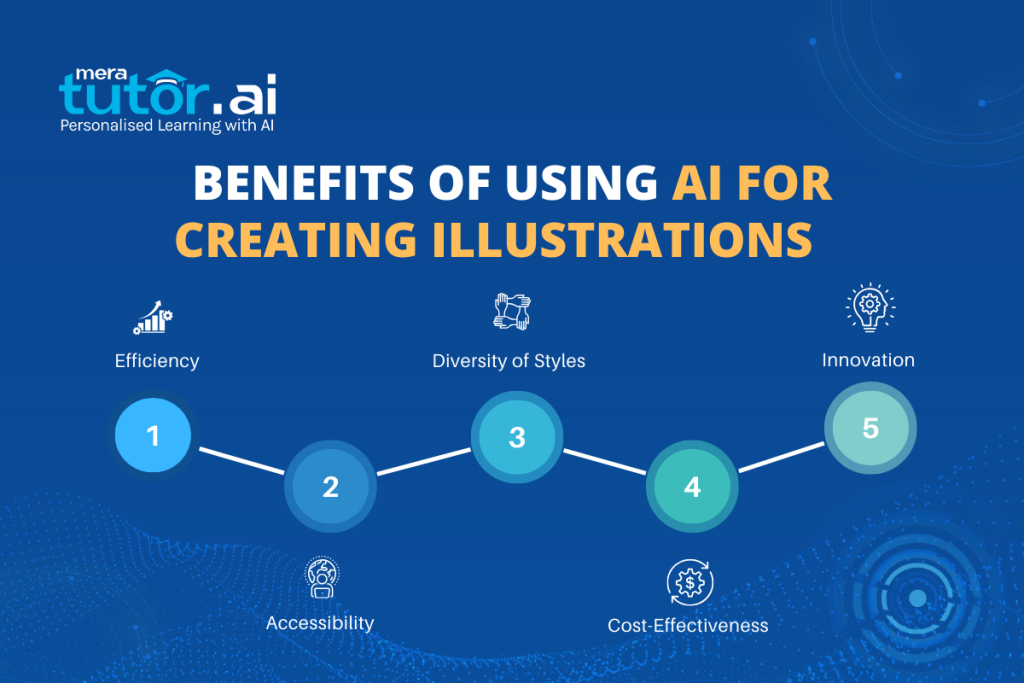
- Efficiency: The creative process can be greatly accelerated by using AI technologies, which can create complex graphics in a matter of minutes.
- Accessibility: By decreasing the entrance hurdles, these technologies enable non-artists – like educators – to create high-quality illustrations.
- Diversity of Styles: Because AI can imitate a wide range of artistic styles, it enables educators to easily experiment with varied aesthetics.
- Cost-Effectiveness: AI solutions save money on many projects by eliminating the need for costly design software or employing experts.
- Innovation: AI can add fresh, original components to pictures, stimulating imagination and inventiveness.
7 Best AI Image Tools and Platforms for Educators
Tool 1: DALL-E 2 by OpenAI
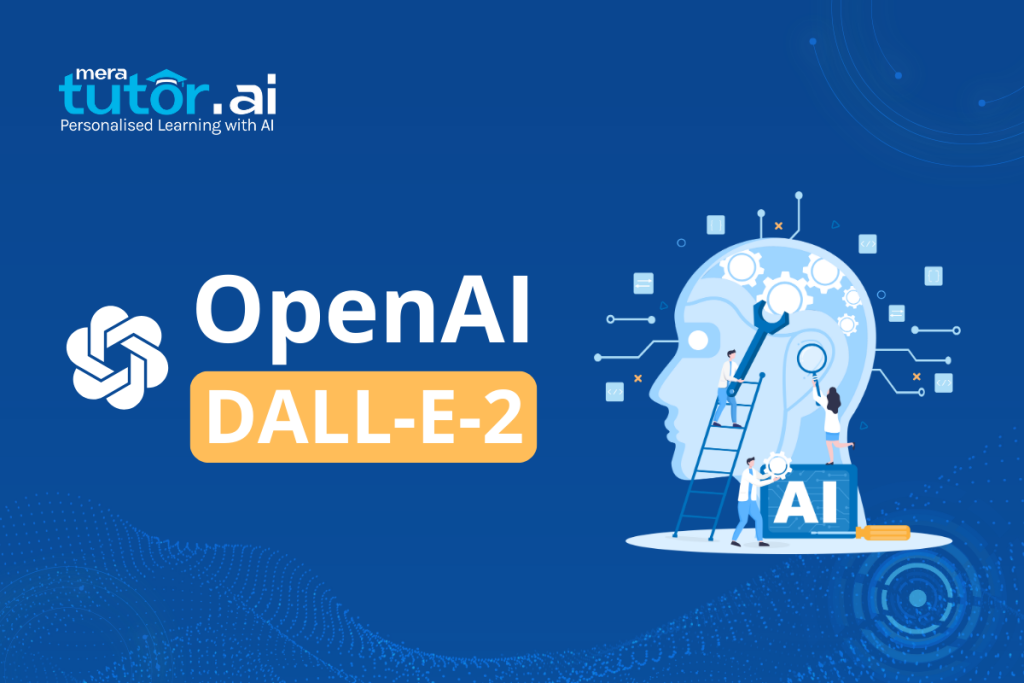
OpenAI’s DALL-E 2 is a potent AI picture-generating tool that can produce excellent images from text descriptions. DALL-E 2, which builds on its predecessor, creates visually attractive and contextually appropriate graphics by utilizing cutting-edge machine learning algorithms. The tool has become well-known for its capacity to produce complex and varied visuals that closely correspond with the user’s input, which makes it an invaluable tool for creatives working in a variety of sectors.
Key Features of DALL-E 2
- High-Quality Picture Generation: DALL-E 2 meets the demands of both the creative and commercial communities by producing images with exceptional realism and detail.
- Versatile Styles: The tool offers versatility for a variety of artistic endeavors by producing images in a broad range of styles, from abstract art to photorealistic renditions.
- Customizability: It is an adaptable tool for creating personalized content since users can fine-tune their inputs to get extremely particular visual effects.
Pros and Cons of DALL-E 2
| Advantages | Drawbacks |
| DALL-E 2 has a wide range of creative options, produces excellent image quality, and is simple to use. For those who want to swiftly create graphics of a high caliber, this is the perfect tool. | The tool’s ability to create extremely complicated or niche-specific graphics can be limited, and the caliber of the input description affects the final product. |
Ideal Use Cases
DALL-E 2 is ideal for projects needing low work and high-quality graphics, such as product design, marketing, and content development. It works particularly well for creating visuals for creative narrative, advertising, and social media.
Tool 2: Midjourney
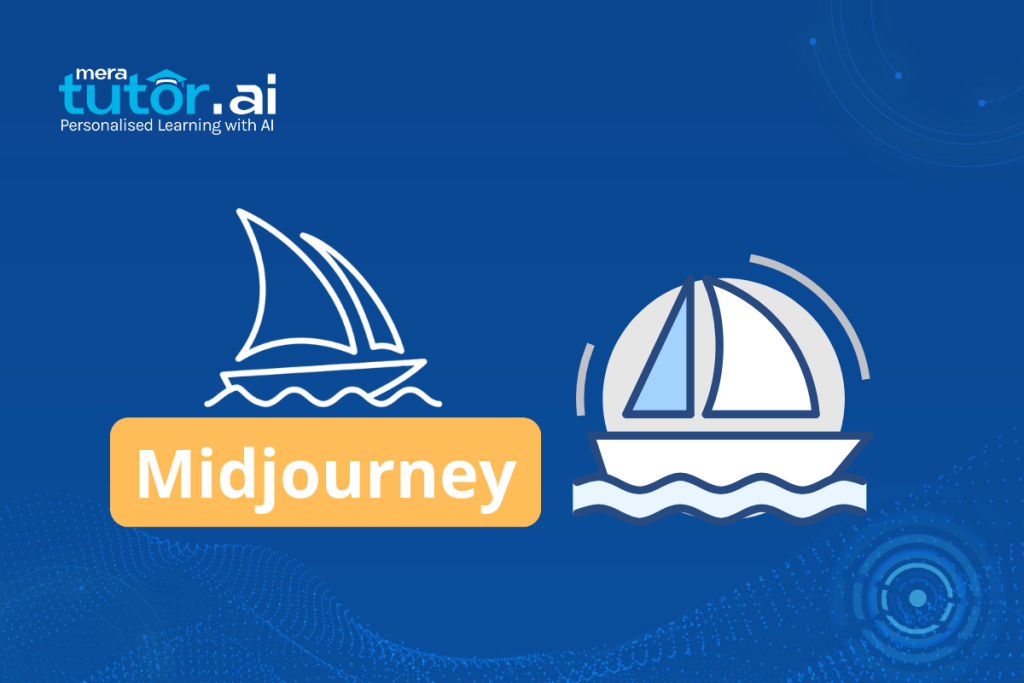
Midjourney is an AI picture generating tool that is well-known for emphasizing the production of visually arresting and creatively inspired images. In contrast to other AI programs that prioritize realism, Midjourney is particularly good at creating photos with a more creative and stylized aesthetic. Educators and course creators who want to experiment with novel visual aesthetics and artistic expressions are drawn to this platform. Users can provide text instructions and receive produced graphics in response to their input using an interface that is mostly based on Discord.
Key Features of Midjourney
- Creative Genres: Surrealism, fantasy, and abstract art are just a few of the many creative genres that Midjourney is praised for producing images. Because of this, it’s a great tool for producing concept drawings and illustrations with a unique, artistic flair.
- Active User Community: On Discord, Midjourney has an active user community where members cooperate, create, and discuss ideas. The community component improves the creative process by offering ideas and criticism.
- Prompt Customization: To meet a variety of creative purposes, users can adjust prompts and settings to produce highly specialized and unique outputs.
Pros and Cons of Midjourney
| Advantages | Drawbacks |
| Midjourney is a great tool for creating original, eye-catching art. Its focus on the community encourages innovation and teamwork. The platform presents a novel substitute for more traditional AI picture tools with an emphasis on creative approaches. | For those looking for lifelike photographs, Midjourney might not be the ideal option. The platform might not be user-friendly for people who are not familiar with its Discord-based design. |
Ideal Use Cases
For conceptual work, storyboarding, fantasy images, and any other project requiring a clear visual vision, Midjourney is ideal.
Tool 3: Stable Diffusion
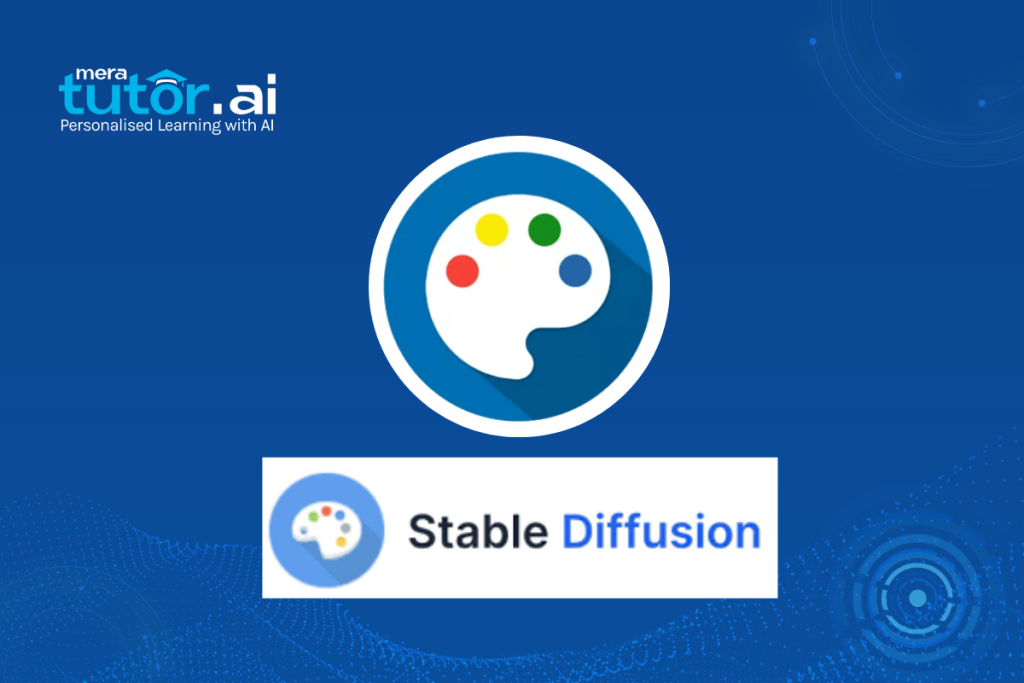
Stable Diffusion is an open-source AI image generation tool that has gained widespread attention for its flexibility and powerful capabilities. Developed by Stability AI, it uses diffusion models to generate high-quality images from text descriptions. What sets Stable Diffusion apart is its open-source nature, allowing users to access and modify the underlying code to suit their specific needs. This makes it a popular choice among developers, researchers, and tech-savvy creatives who require a customizable platform for generating images.
Key Features of Stable Diffusion
- Open-Source: Users can alter the tool, incorporate it into other programs, and play around with its code thanks to Stable Diffusion’s open-source structure. Because of its adaptability, it’s perfect for anyone who wishes to customize the tool to meet their own needs.
- Customizable Outputs: It is appropriate for niche projects and specific demands as users can adjust a variety of factors and settings to produce highly customized images.
- High-Quality Image Generation: Stable Diffusion is technically flexible, yet it never loses sight of the need to create images that are both realistic and stylized.
Pros and Cons of Stable Diffusion
| Advantages | Drawbacks |
| Stable Diffusion’s open-source design offers unmatched customizability. For those with the technological know-how to fully utilize its potential, it’s a powerful instrument. Impressively high-quality pictures are produced, making it ideal for intricate, customized tasks. | In comparison to AI technologies that are easier to use, Stable Diffusion could have a high learning curve. To fully leverage its possibilities, it takes a certain amount of technical competence, which might be a barrier for non-developers. |
Ideal Use Cases
Stable Diffusion is ideal for research, where customization and experimentation are crucial. It’s also a great tool for creating highly specialized and customized illustrations, making it useful for academic projects, scientific visualizations, and creative endeavors that require precise control over the image generation process.
Tool 4: Canva’s AI Image Generator
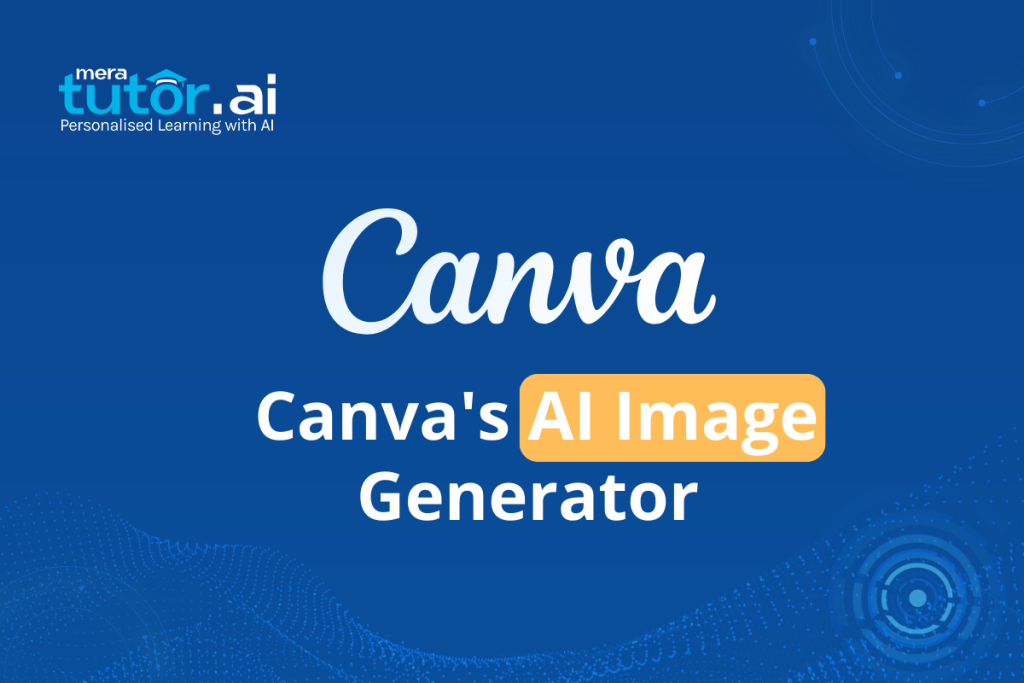
Canva, a widely used graphic design platform, has integrated an AI image generator into its suite of tools, making it easier than ever for users to create custom visuals. Canva’s AI image generator is designed to be user-friendly, catering to both beginners and experienced course creators. The tool seamlessly integrates with Canva’s existing features, allowing users to generate images from text prompts and then directly incorporate them into designs, presentations, and social media posts.
Key Features of Canva’s AI Image Generator
- User-Friendly Interface: Canva’s AI Image Generator is designed with simplicity in mind, making it accessible to users with varying levels of design experience. The tool is intuitive, allowing users to generate images with just a few clicks.
- Integration with the Canva Ecosystem: The AI image generator is fully integrated with Canva’s design platform, enabling users to easily add generated images to their projects. This integration streamlines the design process, reducing the need for multiple tools.
- Variety of Styles: The tool offers a range of styles, from realistic to artistic, allowing users to choose the aesthetic that best fits their project. It’s particularly useful for creating social media content, marketing materials, and quick design mockups.
Pros and Cons of Canva’s AI Image Generator
| Advantages | Drawbacks |
| Canva’s AI image generator is incredibly easy to use, making it accessible to a broad audience. Its integration with the Canva platform enhances productivity, allowing users to create and edit designs with a single interface. It’s a time-saving tool for generating visuals quickly. | While convenient, Canva’s AI Image Generator can offer less flexibility and customization compared to more advanced AI image generation tools. The generated images might not match the quality or specificity required for high-end professional projects. |
Ideal Use Cases
Canva’s AI image generator is ideal for marketing, social media content creation, educational materials, and any project that requires quick, visually appealing graphics. It’s perfect for small businesses, content creators, and educators who need to produce professional-looking designs without investing significant time or resources into complex design tools.
Tool 5: Adobe Firefly
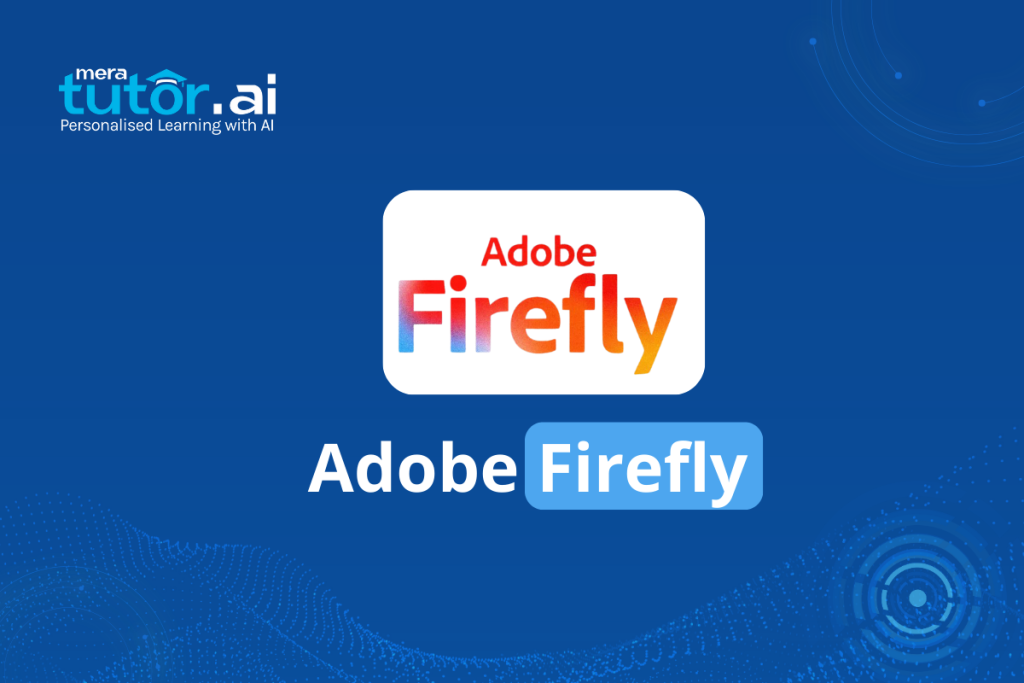
Adobe Firefly is Adobe’s AI-powered image generation tool, designed to integrate seamlessly into the Adobe Creative Cloud ecosystem. As part of Adobe’s suite of professional-grade design tools, Firefly focuses on creating high-quality images from text prompts and refining creative workflows for educators and course creators. Adobe Firefly stands out for its ability to produce commercially safe content, making it ideal for professional use in industries like advertising, branding, and marketing.
Key Features of Adobe Firefly
- Integration with Adobe Creative Cloud: Firefly is fully integrated with Adobe’s suite of tools, such as Photoshop and Illustrator, making it easy for users to incorporate AI-generated images directly into their existing projects. This integration ensures a smooth workflow and enhances productivity for professionals who already use Adobe’s ecosystem.
- High-Quality Output: Known for producing visually stunning and professional-grade images, Firefly generates artwork that meets the high standards expected in branding, advertising, and digital media.
- Commercially Safe Content: One of Firefly’s standout features is its focus on generating images that are safe for commercial use, ensuring that the content created is free from copyright issues.
Pros and Cons of Adobe Firefly
| Advantages | Drawbacks |
| Adobe Firefly offers excellent integration with Creative Cloud tools, streamlining the design process. Its high-quality output and focus on commercially safe content make it a reliable choice for professionals. Firefly’s ability to generate images that meet industry standards ensures it’s ideal for professional and commercial use. | The tool is less accessible to beginners or non-professionals due to its integration with Adobe’s complex software suite. Additionally, the platform is more expensive compared to standalone AI tools, making it more suited for established creatives and businesses rather than educators. |
Ideal Use Cases
Adobe Firefly is perfect for professional design projects, branding, and marketing campaigns. It is an excellent choice for course creators that require high-quality visuals that can be safely used in commercial products. With its powerful tools and seamless integration, Firefly is well-suited for creating logos, advertising materials, digital illustrations, and branded content.
Tool 6: Jasper Art
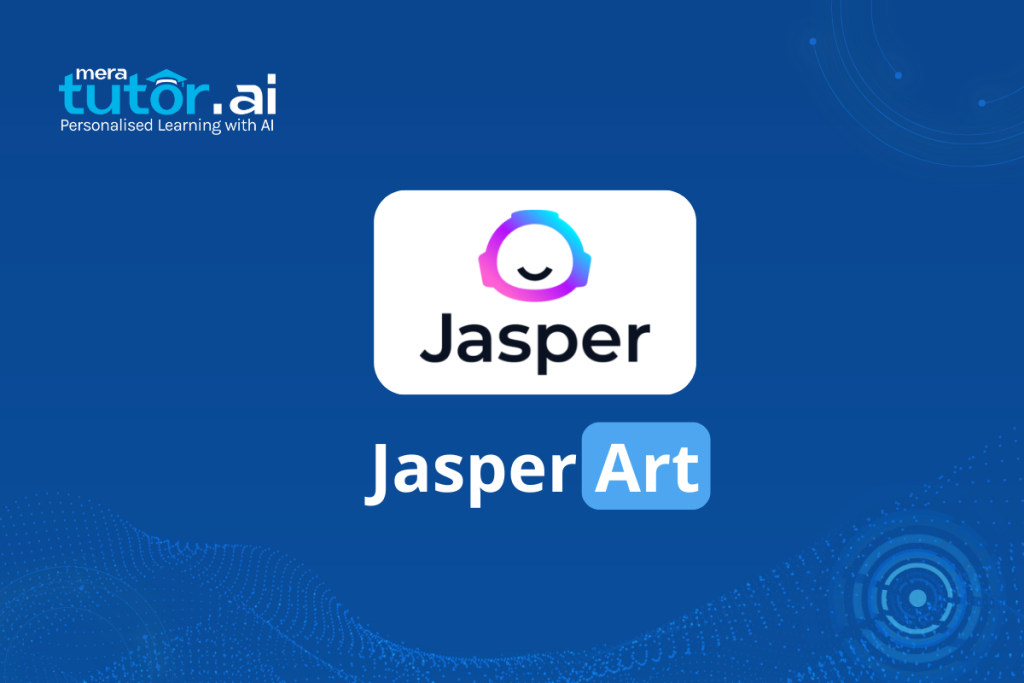
Jasper Art is an AI-driven image generation tool that forms part of the broader Jasper platform, known for its images from brief text prompts without any prior design experience. The user-friendly interface ensures that both professionals and non-designers course creators can navigate the platform effortlessly.
Key Features of Jasper Art
- Easy-to-Use Interface: Jasper Art is built with simplicity in mind, allowing users to generate high-quality images from brief text prompts without any prior design experience.
- Variety of Styles: Jasper Art supports multiple artistic styles, including abstract, realistic, and fantasy, giving users the flexibility to choose a visual aesthetic that aligns with their project goals.
- Part of the Jasper Ecosystem: As part of the Jasper platform, Jasper Art integrates well with its other tools, such as Jasper AI for writing, enabling a holistic approach to content creation that includes both text and visuals.
Pros and Cons of Jasper Art
| Advantages | Drawbacks |
| Jasper Art is easy to use, making it suitable for beginners and professionals alike. It offers a wide range of styles and integrates well with Jasper’s other tools, which is particularly beneficial for users creating comprehensive content. The tool also supports quick turnaround times, making it efficient for generating visuals on demand. | While versatile, Jasper Art doesn’t provide the same level of customization or technical depth as some advanced AI image tools. Additionally, the quality of the generated images can vary based on the complexity of the input, and it can be ideal for high-end, professional design needs. |
Ideal Use Cases
Jasper Art is ideal for small businesses, entrepreneurs, and course content creators who need to produce attention-grabbing visuals quickly. Whether you are designing graphics for a website, creating promotional material, or enhancing blog posts with unique illustrations, Jasper Art offers an efficient and accessible solution for generating high-quality images.
Tool 7: Deep Dream Generator
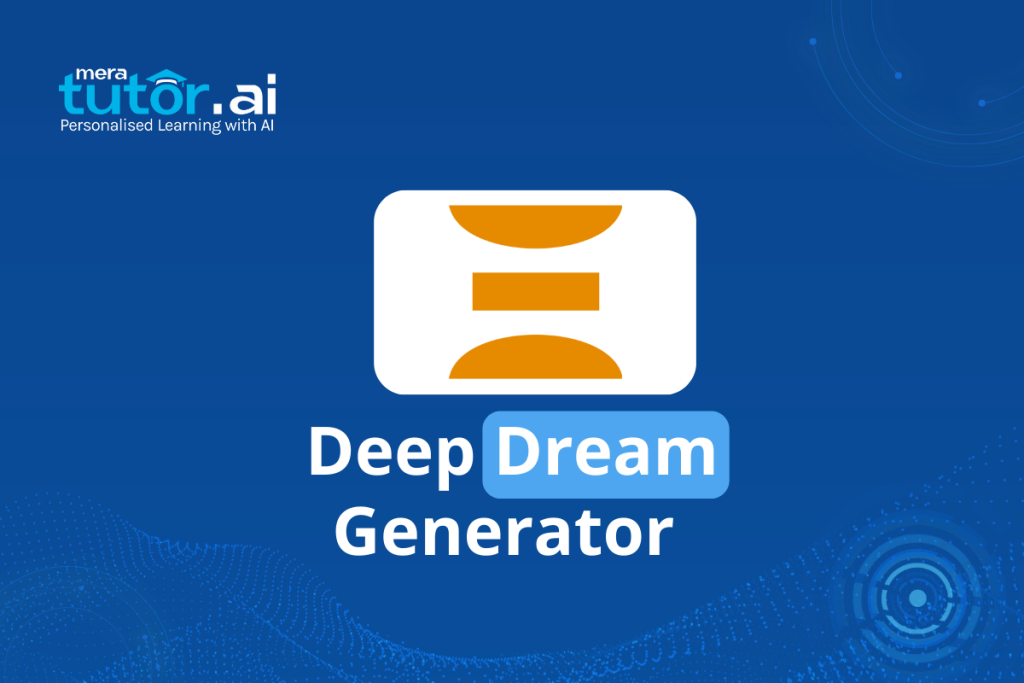
Deep Dream Generator is an AI-powered image generation platform that uses neural networks to create surreal, dream-like images. Originally developed by Google, Deep Dream Generator transforms ordinary images into highly stylized visuals by applying complex patterns and textures. This tool is popular among artists and creatives looking to produce abstract, psychedelic, or vivid visuals. It’s particularly well-known for its unique, often surreal aesthetic that blends artificial intelligence with artistic experimentation.
Key Features of Deep Dream Generator
- Abstract Art Creation: Deep Dream Generator excels in producing dream-like, often psychedelic images that transform regular visuals into intricate, mind-bending compositions.
- Pre-Trained Neural Networks: The platform leverages pre-trained neural networks to apply patterns and textures to images, turning them into highly stylized works of art with minimal input.
- Customizable Style Transfer: Users can upload a base image and choose different filters or artistic styles to apply, allowing for a wide range of creative possibilities, this feature gives users control over how abstract or realistic the final output will be.
- Community and Collaboration: The platform includes a vibrant community where users share their creations, offering inspiration and collaboration opportunities.
Pros and Cons of Deep Dream Generator
| Advantages | Drawbacks |
| Deep Dream Generator is ideal for creating visually unique and artistic images with a distinctly surreal quality. It’s easy to use and requires minimal technical expertise. The tool also allows users to create stunning artwork from existing images with just a few adjustments. | The highly stylized nature of Deep Dream Generator cannot be suitable for users seeking realistic or professional-grade illustrations. Additionally, the tools’ focus on surrealism limits its use in more conventional design projects. |
Ideal Use Cases
Deep Dream Generator is perfect for artists, digital creatives, and individuals looking to experiment with abstract art. It’s particularly useful for creating artwork for personal projects, album covers, posters, and artistic collaborations. The platform’s unique aesthetic makes it well-suited for those who want to explore the boundaries of AI-generated art and produce visuals that stand out from traditional design.
Criteria for Choosing the Best AI Image Tools
User-Friendliness
Ease of use is crucial when selecting an AI image tool, especially for non-designer users. Tools with intuitive and simple workflows allow users to generate high-quality visuals without needing advanced design or coding skills. User-friendly platforms also save time and help course creators focus more on the creative process rather than learning complex functionalities.
Quality of Generated Images
The quality of the output is perhaps the most important factor when evaluating AI image tools. Look for tools that produce crisp, detailed, and visually appealing images, whether for photorealistic or artistic styles. The tool’s ability to accurately interpret input descriptions and generate professional-level images should be a top priority, especially for commercial and branding purposes.
Customization Options
Some projects require more creative control over the final image. Tools that offer customization features, such as style adjustments, parameter tweaking, and the ability to fine-tune image elements, are ideal for users who need more flexibility. Customization is especially important for niche projects where specific visual styles or detailed outcomes are necessary.
Pricing and Accessibility
Budget considerations play a significant role in choosing the right AI image tool. Some platforms offer free versions with limited features, while others require paid subscriptions. Evaluate the tool’s pricing relative to the features provided and ensure that it aligns with your needs, whether you are an individual course creator, a school or a professional studies institute.
Integration with Other Tools and Platforms
Seamless integration with other design tools or platforms can significantly enhance workflow efficiency. AI image generators that connect to popular graphics platforms like Adobe Creative Cloud and Canva, or social media platforms make it easier to incorporate AI-generated images into larger projects. This feature is especially useful for course content creators or educators who rely on multiple tools.
Tips for Getting the Best Results with AI Image Tools
Experiment with Different Prompts and Settings
One of the best ways to get the best results from AI image tools is by experimenting with various prompts and settings. Small changes in wording or style parameters can drastically impact the output. Try different combinations of descriptive language, styles, and image generation settings to see which delivers the most creative or accurate results for your project.
Use High-Quality Inputs and References
The quality of the input directly influences the output. Providing clear, detailed, and high-quality text descriptions or reference images helps the AI generate more precise and visually appealing results. If the platform allows, using a well-chosen reference image can guide the AI in producing images closer to your vision.
Combine AI-generated Images with Traditional Editing Tools for Refined Results
While AI image tools can produce impressive visuals, further refining them with traditional design software can elevate the final product. Tools like Photoshop or Canva can help you enhance the AI-generated images by adding details, adjusting color, or fine-tuning specific elements. This hybrid approach ensures that your final design is polished and aligned with your creative goals.
Stay Updated with New Features and Improvements
AI image generation technology is rapidly evolving, with new features and improvements being released regularly. Stay informed about updates from your preferred AI tools, as these improvements often include enhanced capabilities, more style options, and better image quality. Keeping up with these changes ensures you are always using the best version of the tool to create cutting-edge visuals.
Conclusion
AI image generation tools have revolutionized the creative process in the education sector, making it easier and faster for course creators and educators to produce stunning visuals. From platforms like DALL-E 2 – known for its high-quality outputs – to the surreal aesthetics of Deep Dream Generator, each tool offers unique features tailored to various creative needs.
By experimenting with different prompts, using high-quality inputs, and combining AI-generated images with traditional editing tools, you can unlock the full potential of these platforms. Moreover, keeping up with new developments ensures you stay at the forefront of AI-driven creativity.
These tools are not just about automation but also about expanding the boundaries of what’s possible in digital art and design. Dive in, experiment, and transform your creative vision with the best AI image tools available today.
Ready to Take Your Education Visuals to the Next Level?
With MeraTutor's AI Image Analyzer feature, you can gain deeper insights into your images, enhancing your teaching strategy and creative decision-making. Elevate your creative process, sharpen your visual storytelling, and achieve more impactful results with MeraTutor’s AI Image Analyzer. Try it now and see the difference.
Contact Us
What are AI image generation tools?
AI image generation tools use machine learning algorithms to create visuals from text prompts or reference images, producing artwork ranging from abstract to photorealistic styles.
How do AI image tools benefit non-designers?
AI tools lower the barrier for non-designers by automating the creation of high-quality visuals, allowing users to generate professional images quickly without advanced design skills.
Can I customize images generated by AI tools?
Yes, many AI image tools offer customization options, such as adjusting styles, tweaking elements, or refining output to match specific project needs.
Are AI-generated images suitable for commercial use?
Some tools, like Adobe Firefly, focus on generating commercially safe images, while others can require careful consideration of copyright and licensing for professional use.



